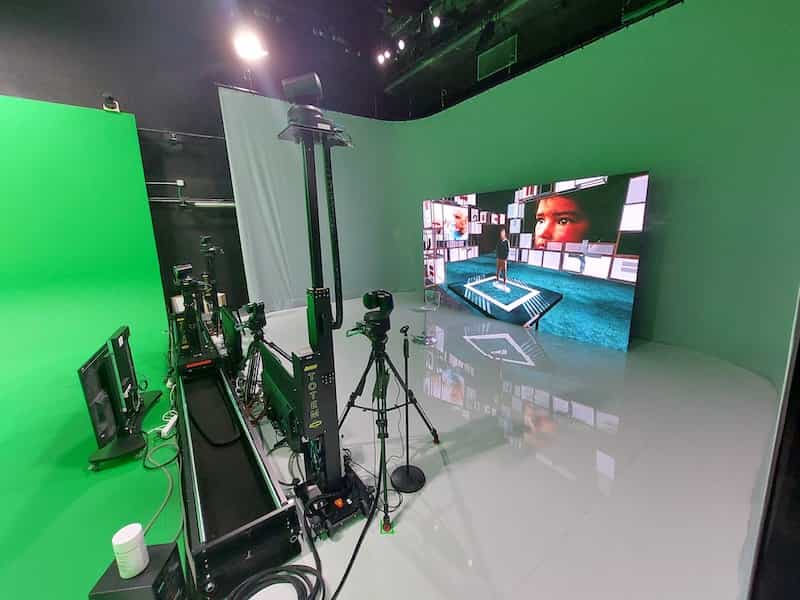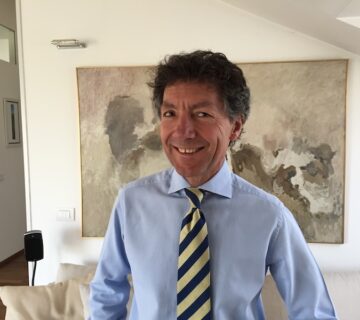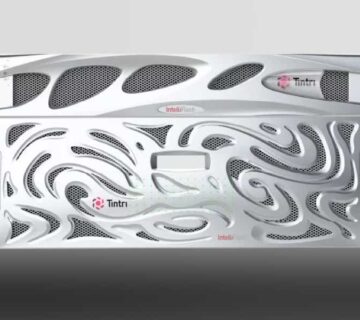ClassX central for new adventures in augmented reality (AR) and virtual set (VR)
Massimo Vedovello, designer in the Technology Department, who follows the new technologies in the studio and in production for Mediaset, introduces the topic:
“The project was born with a very simple basic logic, that is, we wanted to tackle – at the group level – the complex universe of virtual production; therefore, proposing new ideas based on the Virtual Set and obtaining high-level results but, at the same time, we needed to simplify everything as much as possible and make costs more efficient.
We wanted to allow a very intensive and cross-departmental use of this new structure that could reflect its agility across all departments and perform the functions of beta tester for the widest possible range of broadcast applications.
The basic idea was to make an extensive experimentation possible and to create a “smart” structure that in a short time and with reduced staff could return very interesting results from the point of view of creativity, that is, respond to the dynamism of the new generations of directors and authors “.
Released in mid-April, the new studio was the subject of demos proposed to various operating departments of Mediaset which immediately showed signs of great appreciation for the considerable capacity of use on various fronts, where creativity finds ample space.
More generally, this new “light” configuration, given that Mediaset already has powerful studies in these areas, responds to new advanced production needs, where a lot of agility in fast reconfiguration and the ability to deal with applications in programming genres is often required. also different from each other.
Always maintaining a very high quality, this new adventure affects all sectors, from entertainment to sports and fast and streamlined news columns.
This new space lends itself well to graphic experimentation and “lean” productions in order to respond to today’s production needs.
Four years ago in the soccer world cup, Mediaset had already created an augmented reality setup for the Tiki Taka football program in Studio 11.
However, the service was Dutch and external and, in addition to a very long and complex preparation over a period of two weeks to place all the sensors etc, the level of production was very high, as were the costs.
Today, however, the installation carried out by Italian specialist and broadcast system integrator MediaPower and the setup of the new studio respond perfectly to the initial brief that asked for a product based on an excellent quality / price ratio, which could be balanced with PTZ cameras at an affordable price, and certainly not a chain of broadcast cameras. extremely expensive also from an operational point of view.
“The important thing was” to design the perimeter”, that is, to understand how far such a system could go.
From the first weeks of testing we were all very impressed by the actual possibilities and our idea of being able to offer creatives a series of very spectacular new options within a controlled budget, proved to be really successful, impressing all those who spoke. we proposed the first demos.
Today it is essential to reduce production costs and optimize everything, while maintaining the quality and practicality of the productions in the studio.
Historically, the project was born from a first phase, about a year ago, where it was thought to work with signals in NDI.
However, Mediaset has long started to create a complete infrastructure in IP 2110, therefore, creating an island with augmented reality and virtual set in NDI would have required the integration of many other devices with high conversion costs, overcoming the budget”.
In the end, the project is based on three macro-blocks: the Virtual Reality based on ClassX devices and software implemented by MediaPower, a robotics based on an efficient system with a very good quality / price ratio made by the Italian Tecnopoint, and the heart by Panasonic, Kairos system, which is able to manage all signals in IP 2110, including those in SDI.
The robotics integrates very well into Virtual Reality, as these special shooting supports are able to regenerate a known protocol that manages all the localization information in the space to be sent to ClassX, which is able to interpret the data correctly.
Mediaset always tries to create a partnership relationship with technology suppliers and, therefore, has particularly appreciated the collaboration with MediaPower, a well-known broadcast workflow integrator, and the Silvana Conti Product Manager and Marcello Dellepiane CEO team.
Vedovello confirms:
“It’s a strength I want to be able to count on and I like it when I see that the team works.
I must admit that even in this project it was possible to have a good level of flexibility: it is not always easy to match some “mechanisms” and the beauty of the company for me is being able to say that the collaboration has been excellent”.
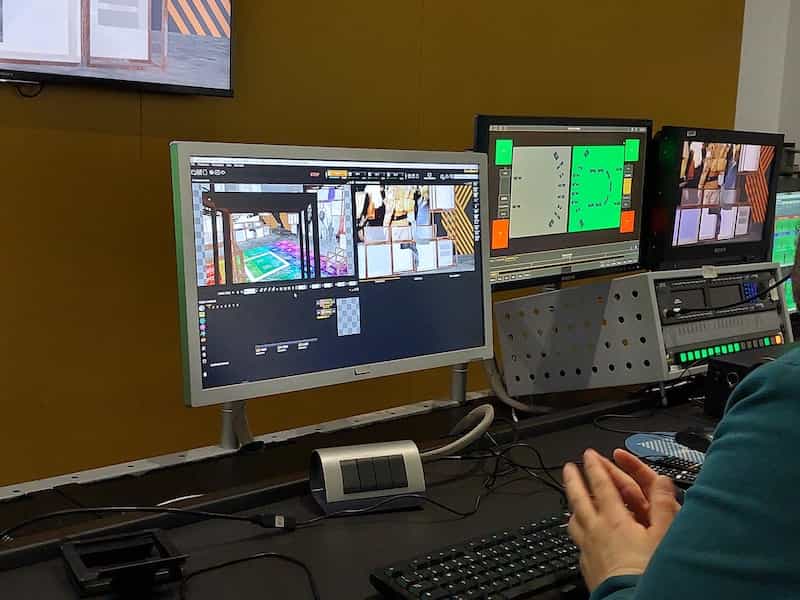
At the moment, in the setup phase, the studio has been named “Studio Light”, while when it is fully operational the official name will be “Studio 4”.
It was created to gradually implement graphics inserts in Virtual Set and then it will pass, in the second instance, to Augmented Reality.
It is certainly a space created for experimentation and creativity that will grow over time and will certainly give life to new ideas on different areas.
In the initial phase, the study was designed for the creation of small columns, inserts, contributions for the news for sports programs, etc., with an excellent virtual stage area.
The rectangular studio set is divided into two: on one side the green limbo for VR and AR, but in front of this a large ledwall is installed which, in an emergency, can act as a backup for other studios, even with the addition of AR.
By re-orienting the remote PTZ cameras and putting a journalist on the set, it is possible to switch from virtual reality to augmented reality and, always integrating with ClassX, change the way of producing, with an easy and practical procedure.
The studio is completed by monitors and multiviews typical of classic TV production.
The workstation, or machine for rendering and managing all the graphics of ClassX, sold and installed by the systems and workflow integrator MediaPower, produces the Augmented Reality and the Virtual Set.
It is a rack-mounted PC, sized to receive 5 HD signals.
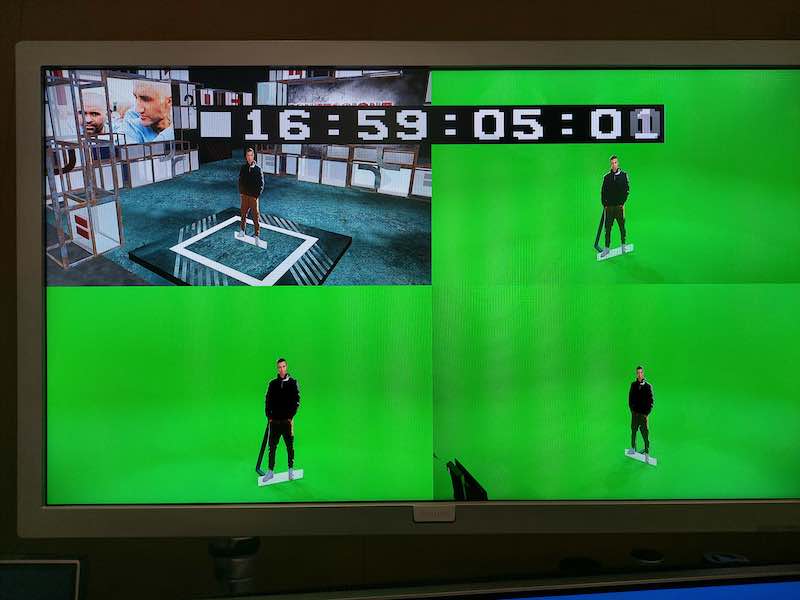
The ClassX interface is the typical one with mouse and keyboard.
The output of the workstation is in SDI and the conversion takes place through an Evertz gateway, from copper to fiber IP 2110, so that everything that enters the Panasonic Kairos is in standard 2110.
The separate audio control room contains Yamaha CL1 and CL3 mixers.
The new “light” studio has been conceived above all for recorded programs but can easily go live too.
###
http://93.55.241.68:8999/#img=Mediaset%20Studio%204%20Light%2020220430.mp4




